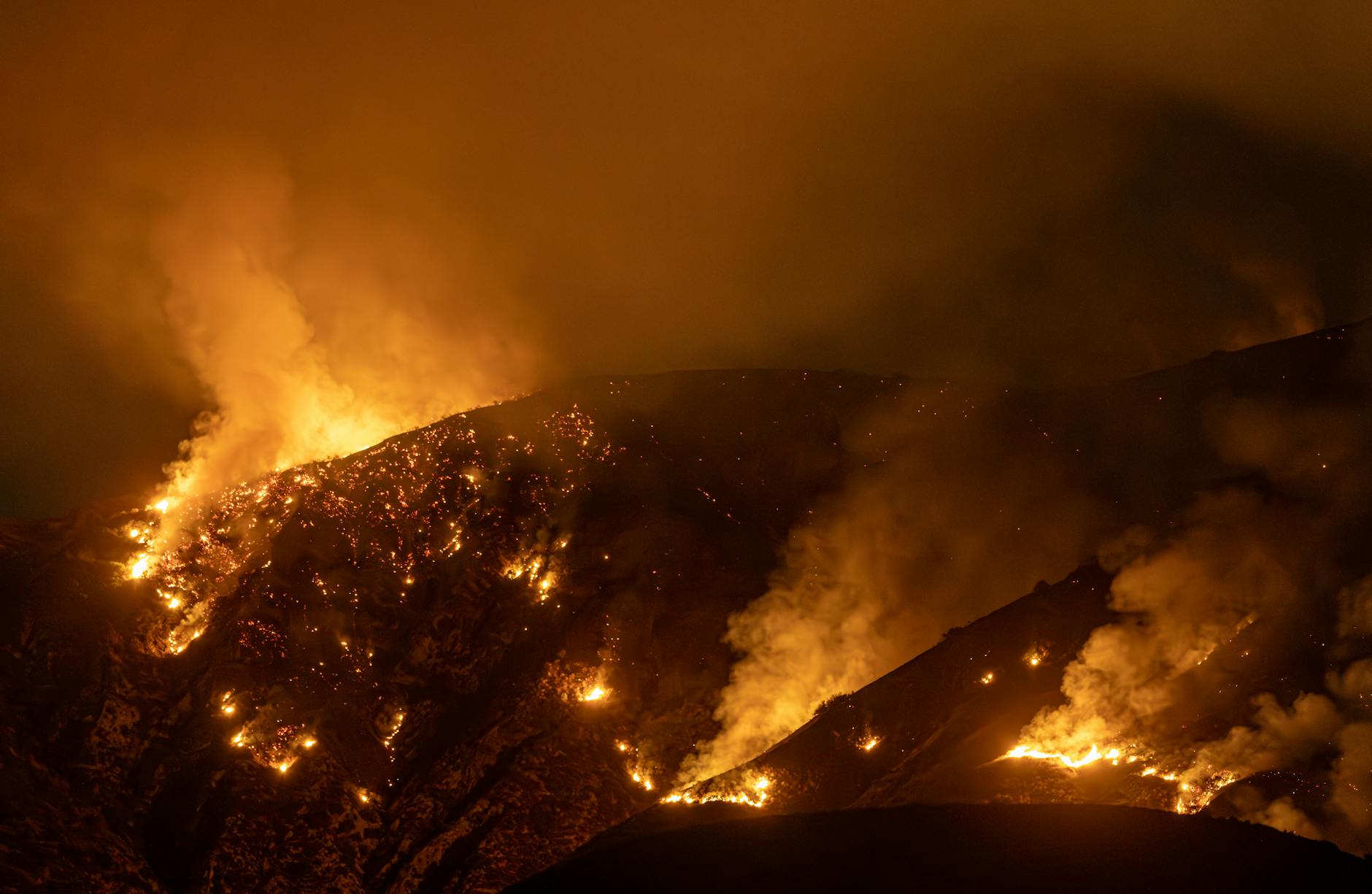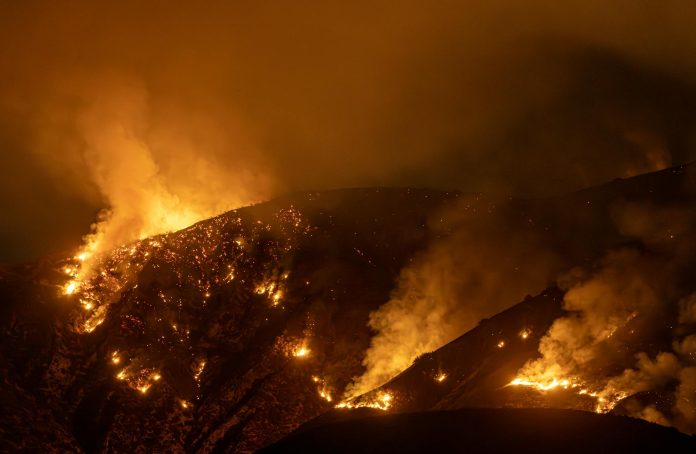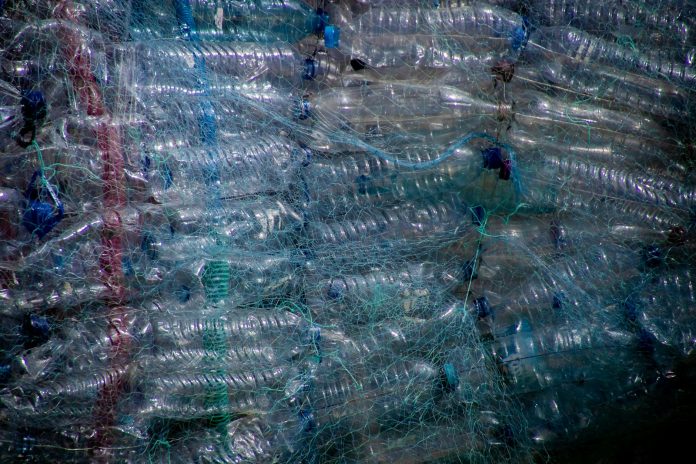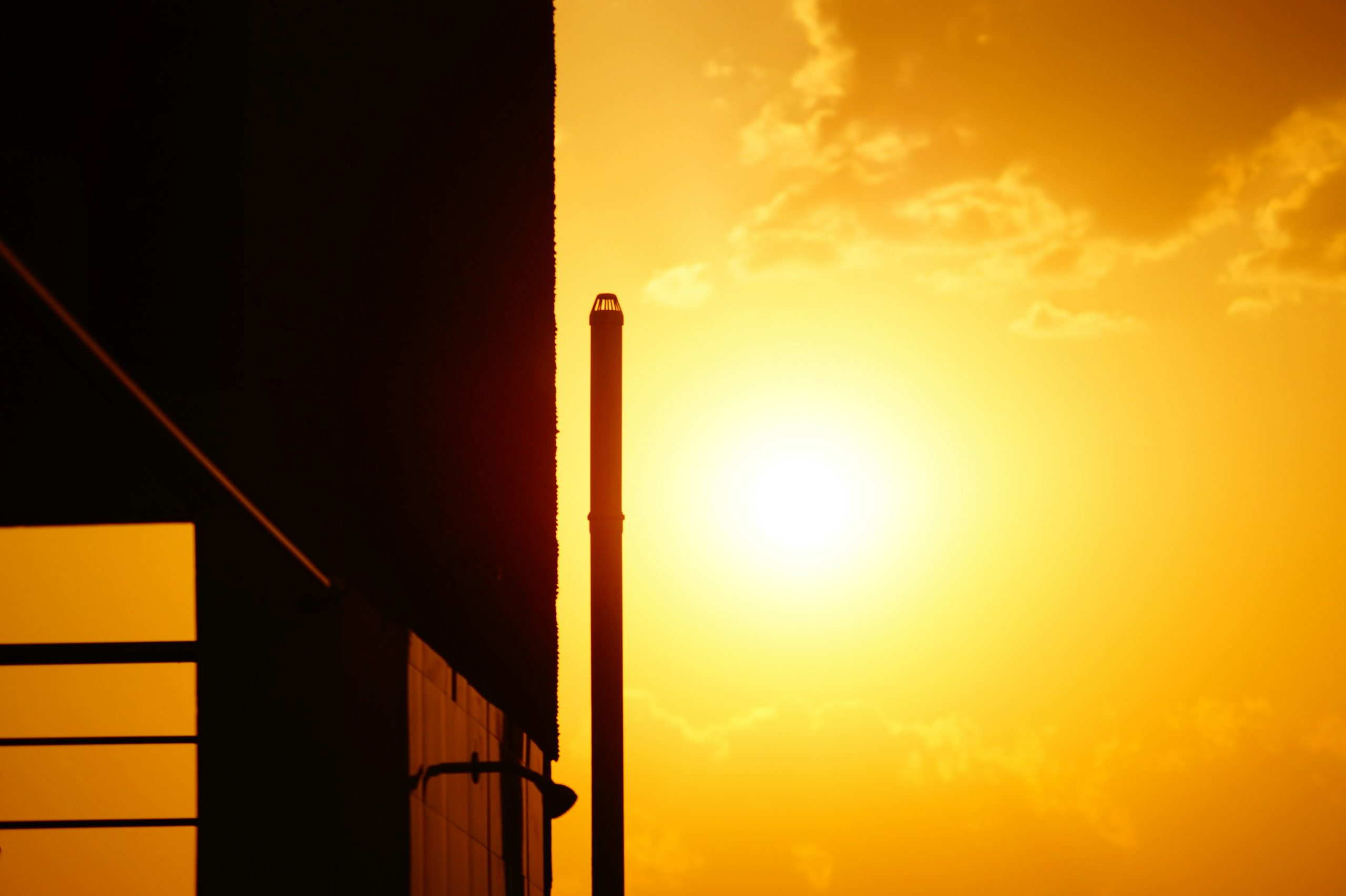California’s wildfires have become more frequent and intense in recent years, devastating communities, landscapes and ecosystems. Higher temperatures and long periods of drought make them more intense and frequent. These events also have significant environmental consequences long after the flames are gone, such as destroying forests and biodiversity, soil erosion, and water contamination.
1. Wildfire Releases Massive Amounts of Carbon Emissions
One of the biggest problems caused by California wildfires is their contribution to climate change. Why does this happen?
- Carbon dioxide and other greenhouse gases: Burning forests and vegetation releases vast amounts of carbon dioxide (CO2) and other greenhouse gases into the atmosphere, canceling out the forest’s ability to absorb carbon.
- A disrupted carbon cycle: Wildfires are part of a natural cycle and play a significant role in maintaining ecological balance. But fossil fuel burning has caused an increase in ambient CO2 concentrations no one has seen in over 100,000 years. With this, fire intensity has overwhelmed the balance, releasing far more carbon than new vegetation can absorb.
These are growing problems because rising temperatures and drought conditions create the ideal conditions for bigger and more frequent fires. Regarding vegetation, if plants do not have enough time to reach maturity before burning again or the new vegetation absorbs less carbon, more greenhouse gases remain in this atmosphere. These factors combined continue to speed up climate change.
2. Adverse Effects on Water Supply and Soil Erosion
Wildfires don’t only destroy forests — they leave behind environmental problems that affect water and soil stability.
Effects on Water Supply
The toxic chemicals wildfires release eventually run into lakes, rivers and reservoirs. This contamination can contain high levels of mercury, which is dangerous in high concentrations. Pregnant women and young children specifically can experience brain and nervous system damage.
Effects on Soil Erosion
When fires burn through forests or grasslands, they remove the proactive layer of plant roots that usually keep the soil together. This leaves the earth vulnerable to erosion, especially during rainfall. The absence of vegetation causes water to flow away from topsoil, which is essential for plant growth.
Moreover, wildfires can alter the chemical composition of dirt, making it less able to absorb water and further increasing runoff and erosion. The risk of flash floods and landslides also rises because the soil is less stable and more likely to shift. These combined factors can lead to long-term landscape degradation, making it difficult for vegetation to regrow and increasing the likelihood of recurring erosion issues.
3. Air Pollution and Public Health Concerns
Wildfire smoke contains harmful pollutants that threaten air quality and public health. The Air Quality Index (AQI) measures air safety by evaluating carbon monoxide, PM2.5 and PM10, sulfur dioxide, nitrogen dioxide, and ozone. The lower the concentrations, the safer the air.
How does air wildfire smoke affect health if AQI levels are higher than they should be?
- Increased hospital visits: There could be increased asthma, bronchitis and cardiovascular disease cases.
- Long-term health risks: Air pollution affects nearly every organ in the body. Fine particles, such as PM2.5 can enter the bloodstream through the lungs, triggering inflammation and increasing the risk of cancer. Prolonged exposure to these pollutants reduces lung function and raises the likelihood of premature death.
4. Energy Production & Grid Reliability
Wildfires destroy California’s energy infrastructure, causing power outages and grid instability. Why does this happen?
- Power line damage: High-voltage transmission towers are vulnerable to extreme heat and flames.
- Public safety power shutoffs: Utility companies preemptively cut electricity in high-risk areas to prevent wildfires, leaving thousands of homes without access.
- Solar energy disruptions: Smoke obstructing sunlight reduces solar power production by 10-30%, which makes it difficult for people to use renewables. This pushes them to depend more on traditional power sources during peak demand.
5. Destruction of Forests and Biodiversity Loss
California has diverse ecosystems, including ancient redwood forests, chaparral and oak woodlands. Wildfires can rapidly decimate these habitats, leading to biodiversity loss. While some species have adapted to periodic fires, their increasing intensity and frequency have overwhelmed ecosystems, making it challenging for flora and fauna to recover.
Endangered species such as the California spotted owl and the mountain yellow-legged frog face heightened risks from habitat destruction. The loss of vegetation can also cause soil degradation, reducing its ability to support plant life and leading to long-term ecosystem instability. Some forests may take decades or even centuries to regenerate, while others may never return to their original state.
What You Can Do to Support Victims of the California Wildfires
- Volunteer at a licensed wildfire rehabilitation facility.
- Partner with local organizations to help the affected communities.
- Look for government initiatives and see how to help.
- Support immediate or long-term needs of local communities, especially the marginalized.
- Donate with supplies or monetarily to help recovery.
- Contribute to the Native California Wildlife Rehabilitation Voluntary Tax Contribution Fund.
Recovery From the California Wildfires
The environmental impact of California’s wildfires extends far beyond the immediate destruction of homes and landscapes. Some profound and long-term consequences are accelerating climate change, destroying biodiversity, contaminating resources and worsening air quality. Due to rising temperatures and prolonged droughts, wildfires become more frequent every year.
Therefore, it’s important to implement stronger wildfire prevention strategies, invest in sustainable land management and address climate change at its root. Protecting California’s ecosystem requires a coordinated effort from government, scientists, and communities to mitigate wildfires’ devastating effects and build a more resilient future.










